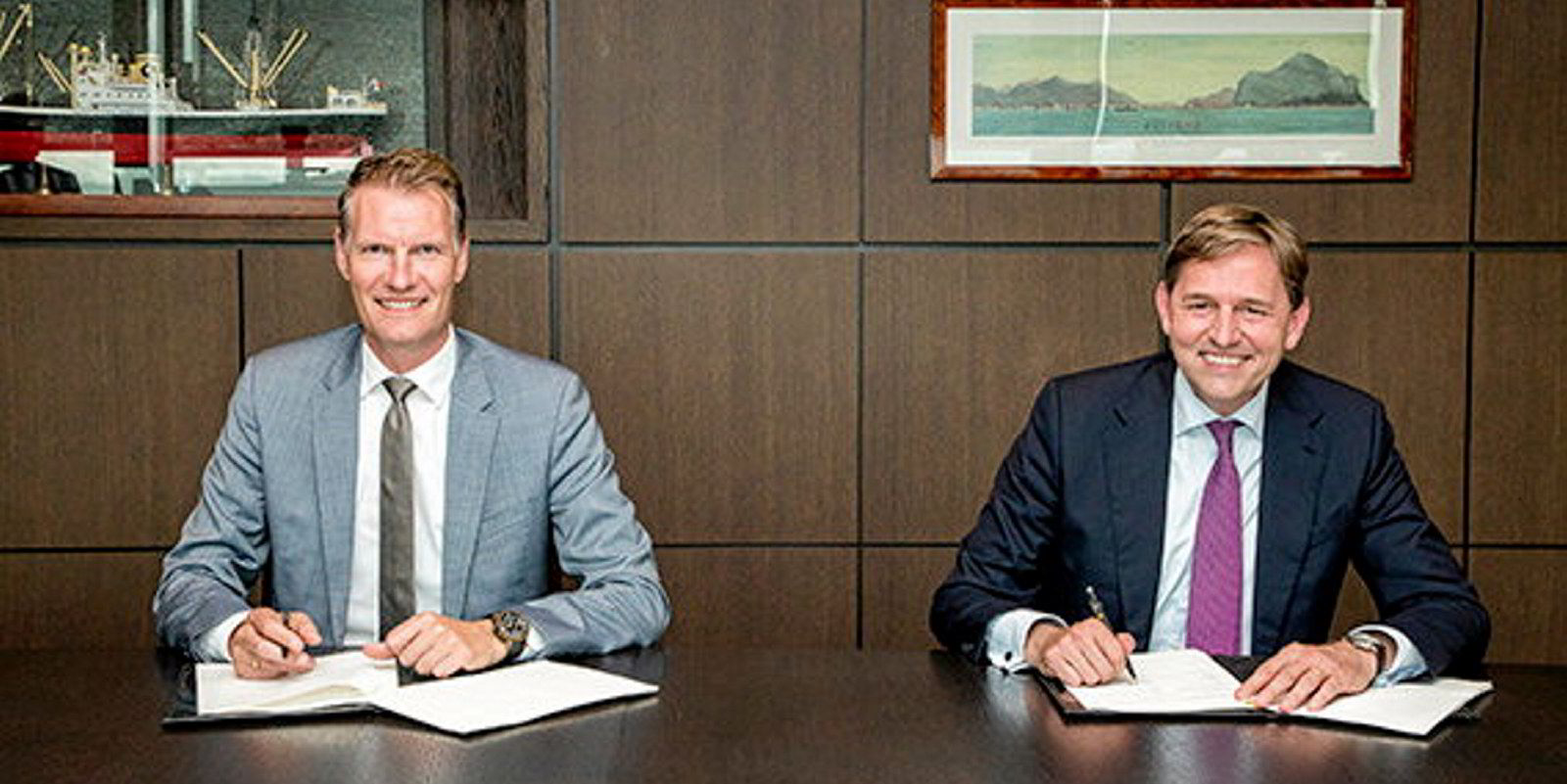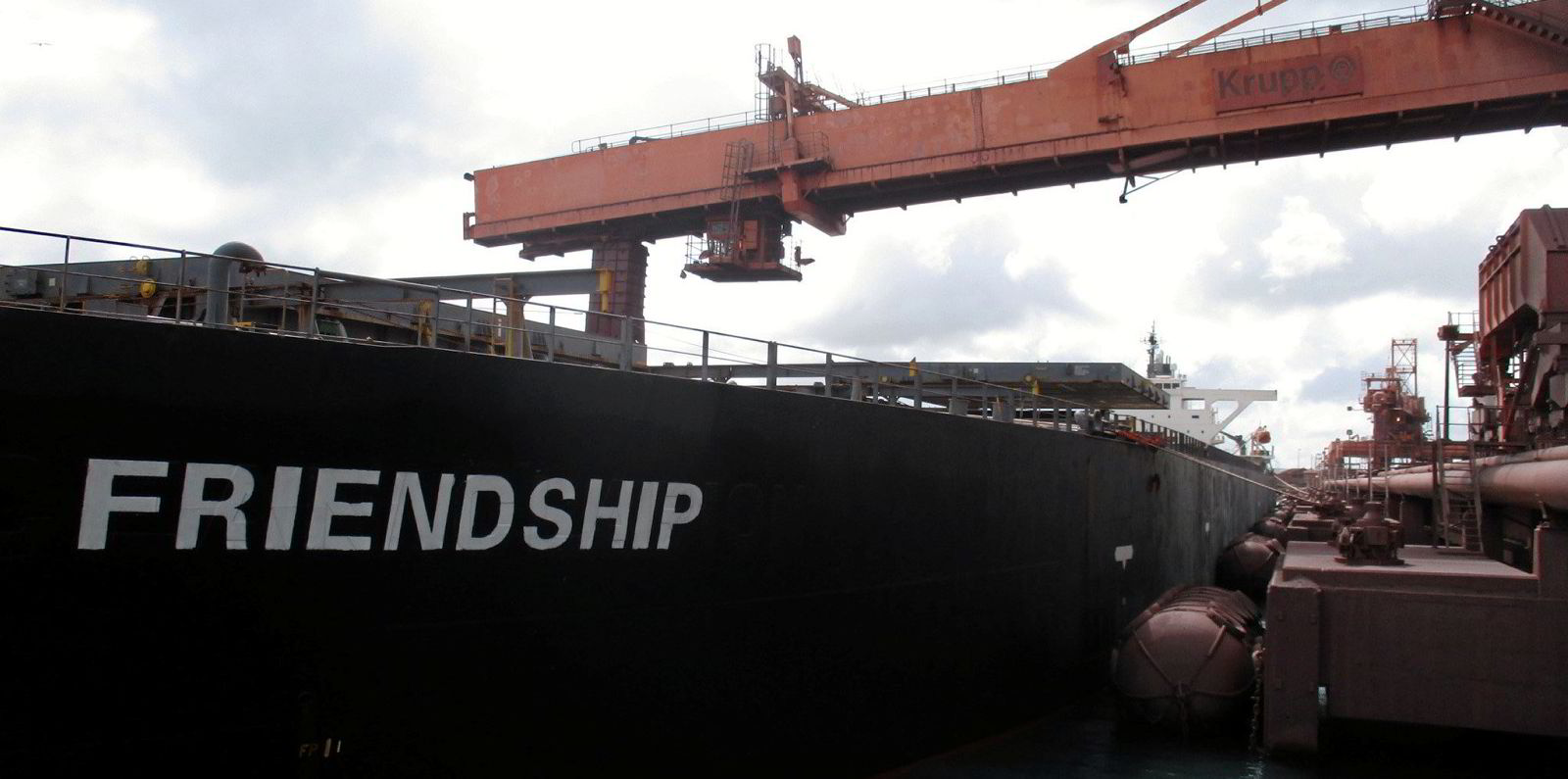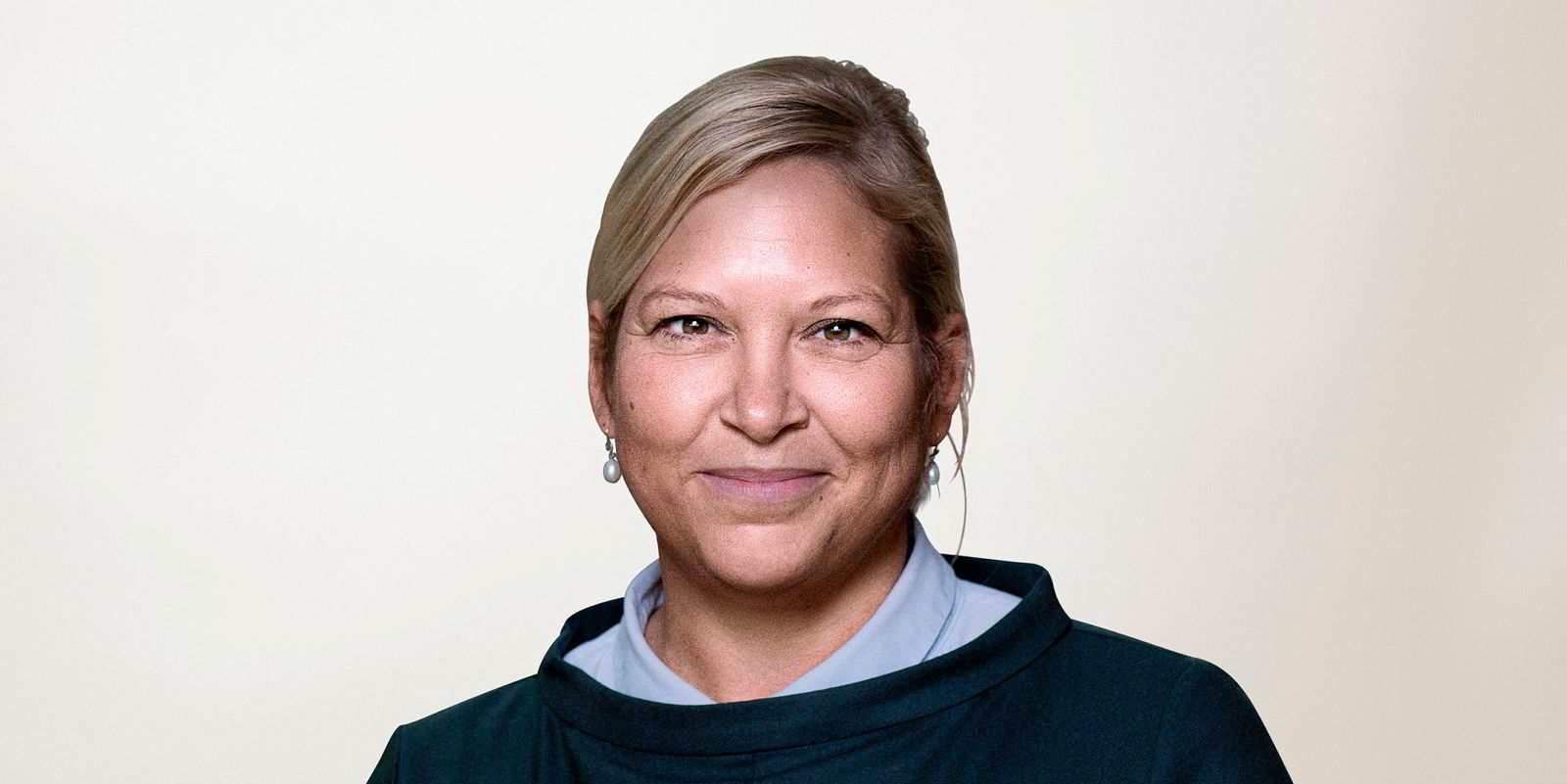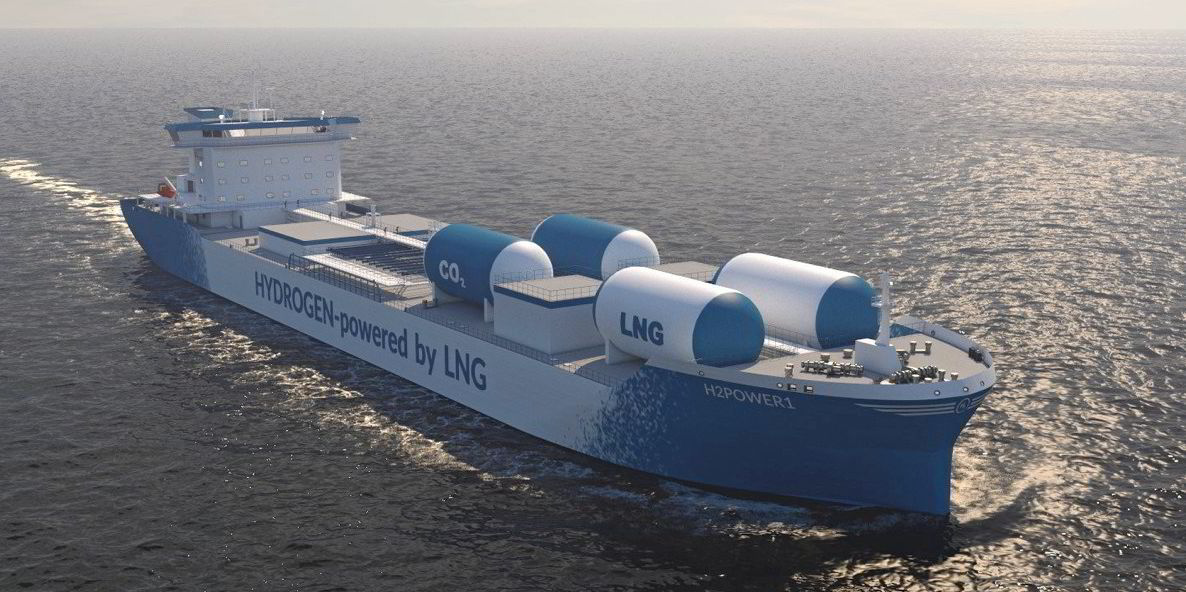Shipowner customers of Shell Marine may be at different stages in decarbonising their operations but wherever they are in their journeys vice president Melissa Williams is travelling with them, and she is very excited.
Houston-based Williams, a mechanical engineer by training, is vice president of marine, sectors and decarbonisation, or as she puts it, her team represents the customers’ voice within the energy major.
She is no stranger to working with shipowners on how regulatory changes will affect their fleet-fuelling decisions, having nursed owners through the International Maritime Organization’s 2020 changes on desulphurisation, which has seen a shift to low-sulphur fuel oil.
But decarbonisation is of another order.
“This is another industrial revolution happening right in front of us and most people don’t even realise,” Williams said. “We are changing a culture not just within the company but within society.”
She said that for the past three generations it has been about optimising existing designs.
“This is the first time we’ve been forced to create stuff. We don’t know how to do it and it’s kind of scary.
“But for me, I’m like so excited,” she said. “I think I was designed for this moment right now, I think I’m in the place I need to be to add value in society.”
Avoid, reduce and offset
Shell Marine essentially has three products on offer today — high and low-sulphur fuel oils, and marine gasoil or LNG.
Low-sulphur fuel oils now account for about 65% to 70% of its sales.
Williams is insistent that Shell Marine’s demand is built from its shipowner customers, some of whom will also be getting pressure from their charterers, so any moves they make on decarbonisation need to be tangible ones, she said.
But the major is looking to sell them greener and cleaner products with the goal of reducing carbon emissions.
“Our strategy is avoid, reduce and offset,” she said.
Williams outlined that Shell Marine’s strategy starts with what shipowners have on their vessels today.
For the 80% of existing vessels, this is energy-efficient technologies that will reduce the fuel burned and so cut carbon emissions. While Shell Marine does not sell these, Williams said her department will share information on these with its shipowner partners.
The next step to decarbonise is using biofuels as a blend to reduce the carbon in any of Shell Marine’s existing three fuelling options, she said.
The final option is offsets.
Williams is frank that customers are not interested in offsets and she said if they have not yet started on the decarbonisation process, offsetting is not something they will be prepared to pay for.
Only option today
For a newbuilding, she said the only tangible new product and the best option is LNG.
If owners have to make a decision to put something on the water and really believe in decarbonisation, then LNG is the lower-carbon option than the alternatives, she said, adding that it is still a fossil fuel but it is available today.

Williams said Shell Marine does not have sales targets, insisting that sales are purely based on customer demand.
Parent Shell’s focus is on achieving net zero by 2050 or sooner and its marine fuelling arm is working with its customers to understand what their decarbonisation targets and ambitions are, Williams said. But she added that shipping does not have regulations to provide targets to decarbonise.
Williams said she finds the market is not moving on decarbonisation because there is a lack of understanding on where to get started.
She said her job is to give enough information and confidence in what Shell Marine has available today so that owners can start the process.
Williams said Shell has typically between 200 and 500 customers in shipping, spread across sectors that include cruise, tankers, container ships, dry bulk and ro-ros. But the company also has what it dubs “strategic partners” that it works closely with.
“We don’t sell services,” Williams said. “Typically, we share intelligence of things that have helped us,” she added, highlighting that Shell is also a large charterer of vessels.
“We have a strong shipping and technology department that helps us with our efficiencies and with our strategic partners we’re sharing some of that intelligence with them. Truly it’s a partnership.”
Questions
So what are customers asking for at this critical juncture on decarbonisation?
Williams said some are not asking for anything and in these cases Shell is going to them.
Others are asking for clarity. They are concerned by the array of choices and want their fuel supplier to tell them the pros and cons of the different options.
The burning questions are about investing in new tonnage with owners concerned they will be left with stranded assets, she said. But the incoming regulations and carbon pricing will likely leave those with conventionally fuelled ships just as exposed whereas a dual-fuel engine will have the optionality to switch fuels.
Williams said one of the key things is to understand shipowners’ customers as that will be driving demand.
She explains that Shell’s sector’s team — new to the organisation since August 2021 — allows them to collaborate internally across several different departments to look at the whole supply chain, not only for the shipowner. Bringing all the stakeholders together creates a more “rich conversation”, she said.
Give me an answer
The VP conceded that customers are asking about every product including ammonia, methanol and hydrogen.
“Do we have those products — yes. But do we have them green — no,” she said. “No one in the world does. We’re trying to make a decision about something that doesn’t exist yet in the form we need it.”
Williams said this is where the educational aspect of her work comes in, explaining that hydrogen will be needed to unlock the green or blue versions of these fuels or for fuel cell technology.
None of the fuel alternatives have the scale, energy density or availability for shipping.
“The goal for educating is that this is a process, it is not just give me an answer.”
Williams said there are five aspects that need to be addressed for each fuelling solution.
It has to have the global availability of a renewable product; the engine technology that can utilise it and produce energy; a vessel built around that propulsion system; a supply chain to take it from; and for the crew to be able to handle the fuel safely.
Williams said until there are answers for all these criteria then it is impossible to know the price and time frame for the supply of these new fuels. But that is where the market is currently trying to get an answer. “Until it’s all green, it’s not a solution,” she added.
“We know as a fuel supplier that the technology between where we are today and where we need to be needs to be a priority [for us] to be able to answer that question definitively,” she said.
“What I don’t want to do with my shipowners is to give them a plan beyond 10 to 15 years without giving them enough data to provide them with that clarity.”
Williams said owners are used to Shell offering its range of fuels at a set price. But now the major is saying it cannot do this alone, it needs owners as partners as it does not want to build something that does not work for them.
Shell Marine’s approach is to partner with key customers that will provide the vessels for Shell to test its technology.
Going with the goers
Williams said what she learned from working on the IMO 2020 SOx regulations is that “you go with the goers and then the others will follow”. She said Shell wants to create “a pathway” for owners to follow to give them confidence.
The big reveal was container ship and cruise owner Mediterranean Shipping Co (MSC), which made a notable switch to LNG-fuelling for its newbuildings last year.
“That’s what happens when you partner with Shell,” Williams said gleefully. “You educate and then people can make an educated decision.”
The goal of Shell’s memorandum of understanding with MSC was that in five years the pair will have created a future fuel vessel from a series of mini projects. “We bring the technology, they are bringing their shipping knowledge,” she said.
She hints that some more big names will be unveiled this year.
Williams said it can be any fuel choice but for shipping it needs to be low-cost and readily available, with vessels on the water and a pathway that will take the vessel to the end of its lifespan.
But the VP is adamant about her role: “I’m not selling anything. I’m helping them [shipowners] solve their problems and I’m using a very pragmatic approach.
“What we’re doing is untapped territory, so our relationship is changing,” she said.










